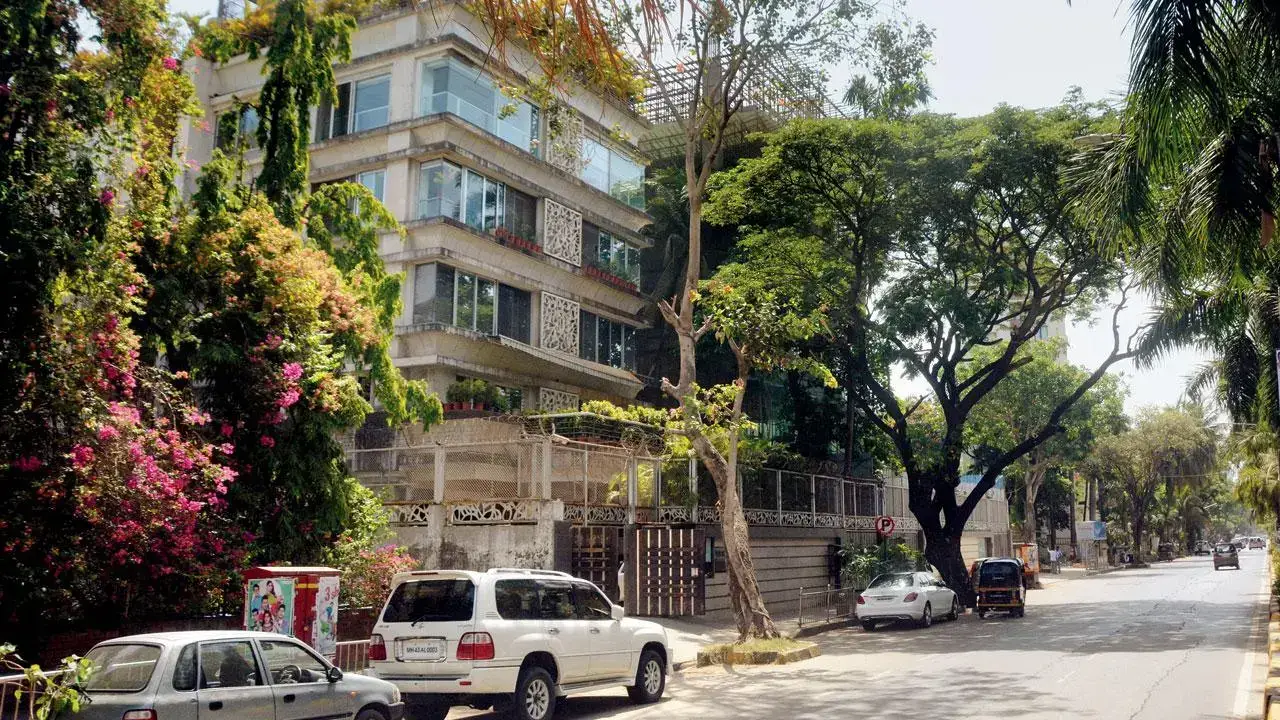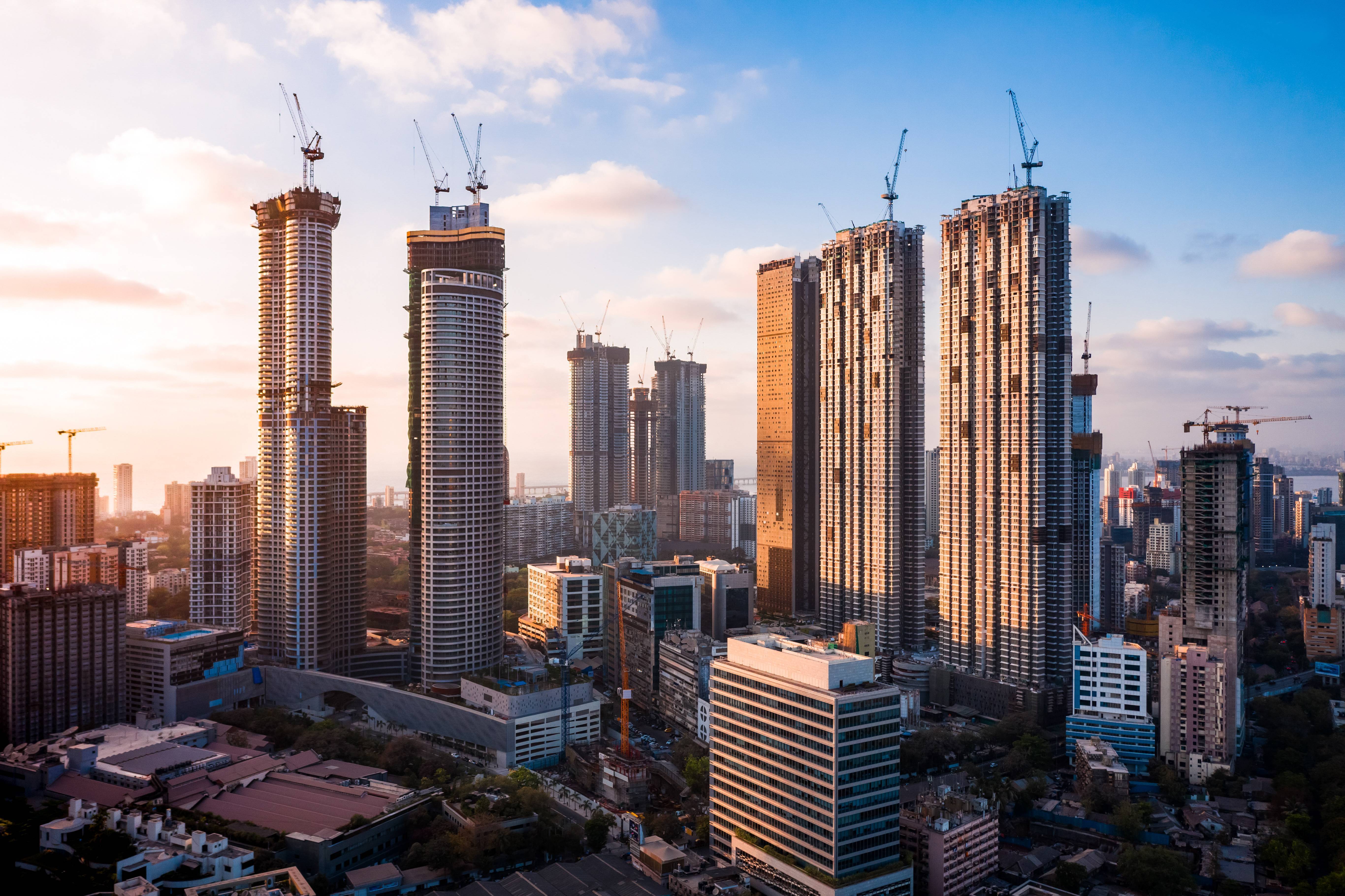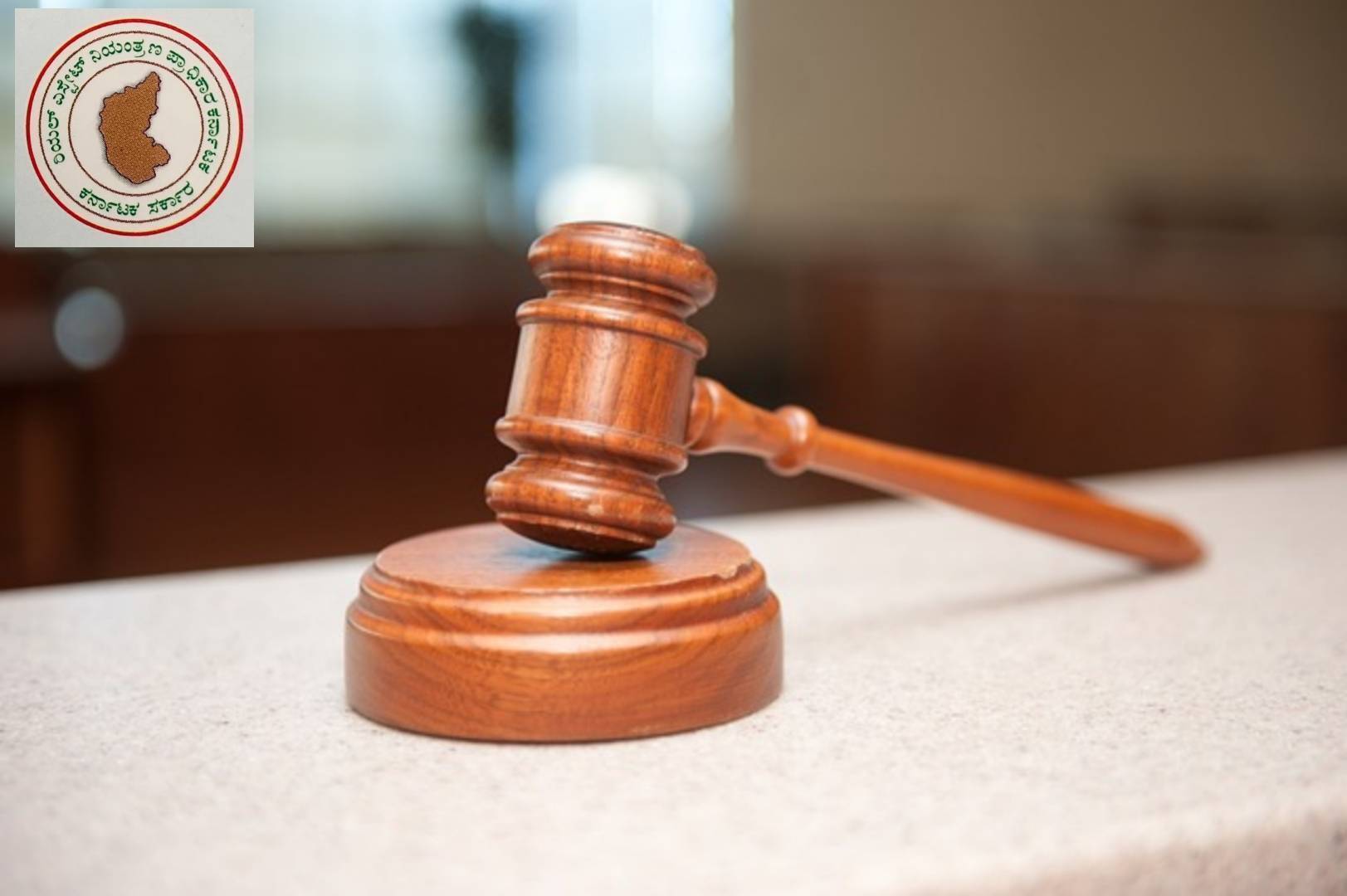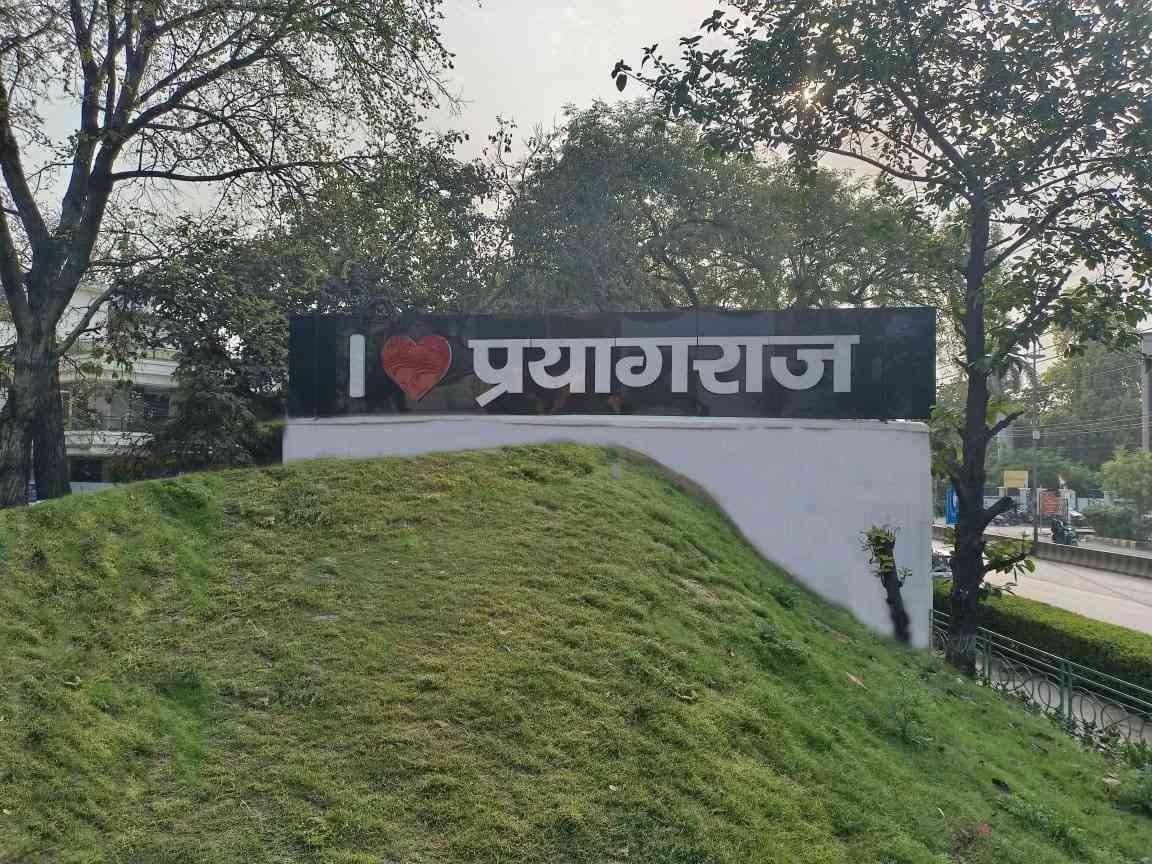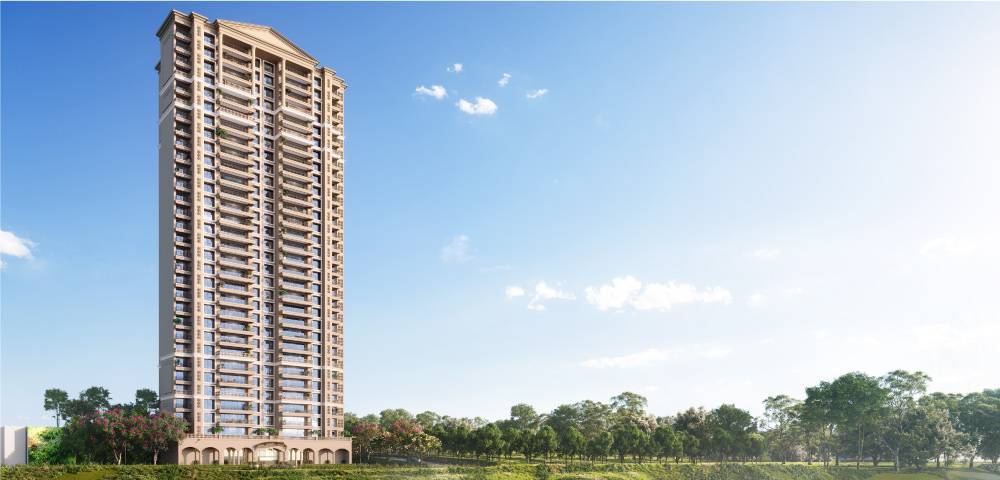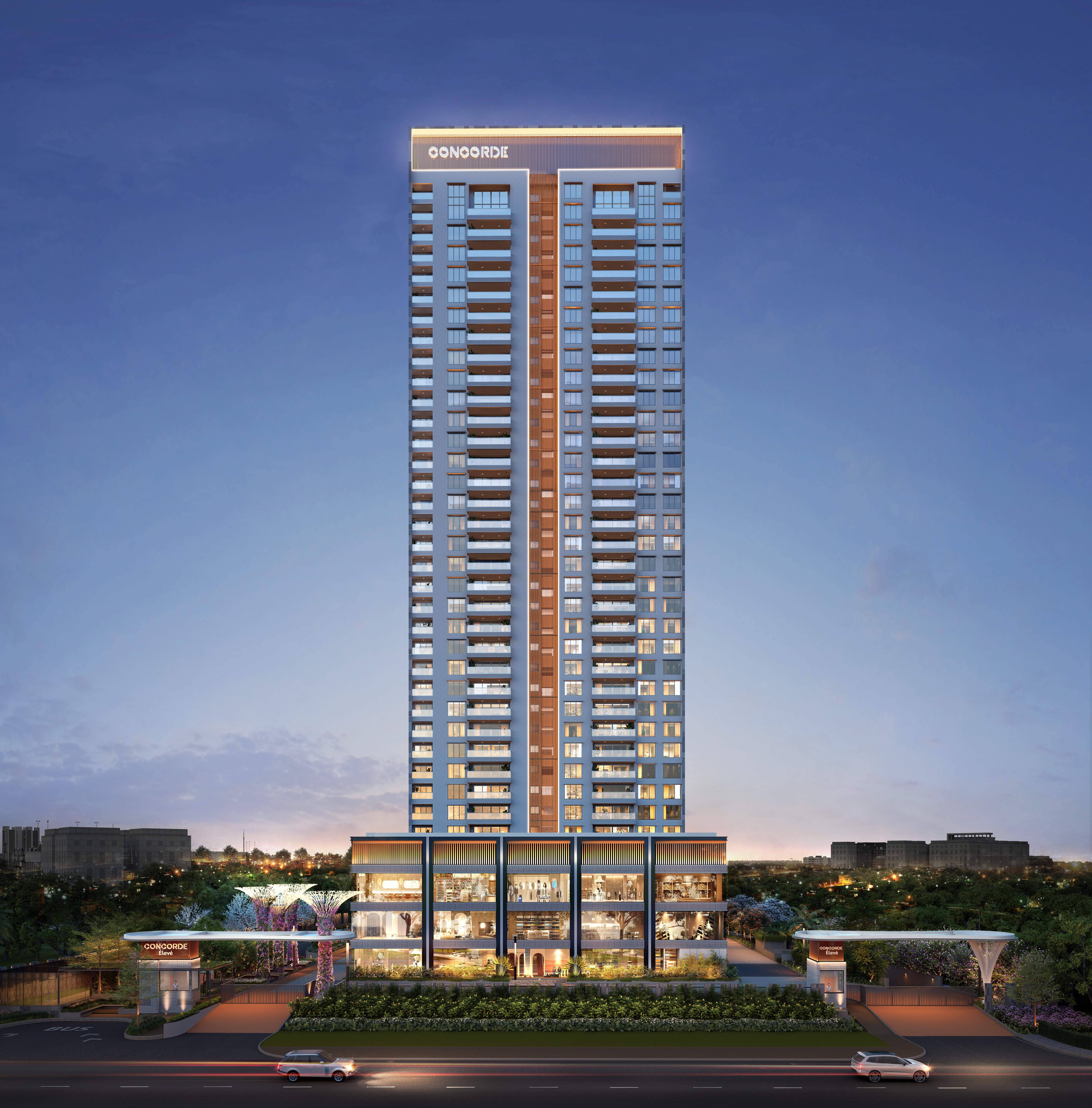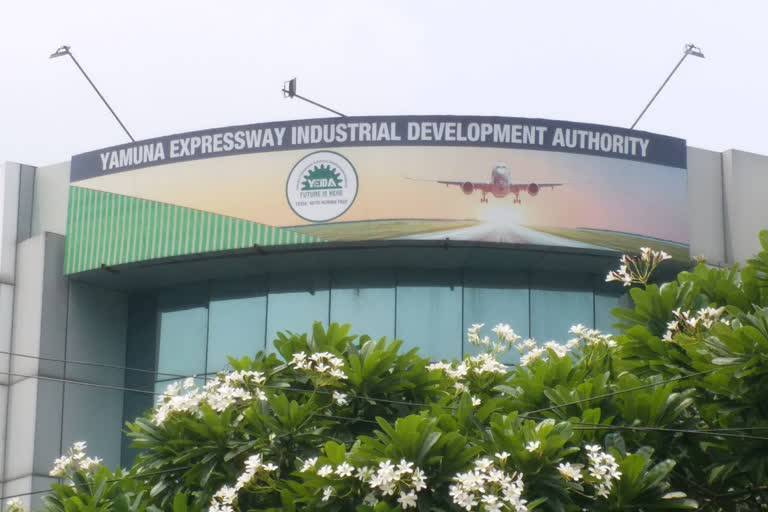In a significant push to rejuvenate Mumbai’s aging housing stock, the Maharashtra state government has formally notified the redevelopment of two major Maharashtra Housing and Area Development Authority (MHADA) colonies — Bandra Reclamation and Adarsh Nagar in Worli. The redevelopment plan covers 52 buildings at Bandra and 58 buildings at Worli, both situated at some of the city’s most coveted addresses.
Under the government’s order issued on Friday, a single developer will be selected through a tendering process to execute each of the projects. To streamline the redevelopment, the builder will require consent from only 51% of the residents in each colony to move forward with the project. The government has granted a substantial Floor Space Index (FSI) of 4 for both developments, making them extremely lucrative propositions for private developers.
Both colonies were originally constructed between 1950 and 1960, during a period when MHADA built approximately 56,000 houses in Mumbai’s city and suburban areas to cater to the middle-income and lower-income groups. Around 5,000 cooperative housing societies were also established for higher-income residents on plots assigned by MHADA. Now over 50-60 years old, many of these structures have fallen into a dilapidated state, prompting strong resident demand for redevelopment to ensure safer and better living conditions.
The redevelopment of Bandra Reclamation and Adarsh Nagar falls under Development Control Regulation (DCR) 33(5), which outlines specific guidelines for the redevelopment of MHADA buildings. DCR 33(5) allows for higher FSI and incentives to encourage redevelopment of aging structures, especially benefiting the economically weaker sections, as well as low- and middle-income groups. As per the plan, 1 FSI out of the total 4 will be used to create new housing stock for MHADA.
According to the government resolution (GR), the developer must not only provide alternative accommodation and rental compensation during the construction phase but also ensure the provision of basic amenities and a corpus fund for residents. Notably, cooperative societies that have already received individual redevelopment permissions will be excluded from this mega-redevelopment plan, but no new permissions for individual redevelopment will be granted going forward. Authorities observed that buildings on main roads were redeveloping faster compared to those situated deeper within the colonies, prompting this strategic move.
In terms of figures, the Bandra Reclamation project covers a plot area of 2,12,042 square meters with 1,688 flats varying from 322 sq ft to 825 sq ft each. Residents will collectively receive an additional built-up area of 5,04,515 square meters, while MHADA will gain flats covering 1,00,190 square meters. Meanwhile, the Adarsh Nagar project, located behind the Worli Fire Station, spans 68,034 square meters with 863 flats ranging between 270 sq ft and 860 sq ft. Here, residents will receive an additional 89,557 square meters, and MHADA will receive 14,632 square meters for its housing stock.
Additionally, the state government will set up a high-powered committee chaired by the Additional Chief Secretary (Housing) to oversee the project’s execution. Other committee members will include senior officials from MHADA, the Brihanmumbai Municipal Corporation (BMC), and the housing department, ensuring robust monitoring and timely delivery of these critical redevelopment initiatives.
This move is expected to significantly uplift the living standards of thousands of residents while simultaneously unlocking valuable real estate potential in Mumbai’s prime areas.

